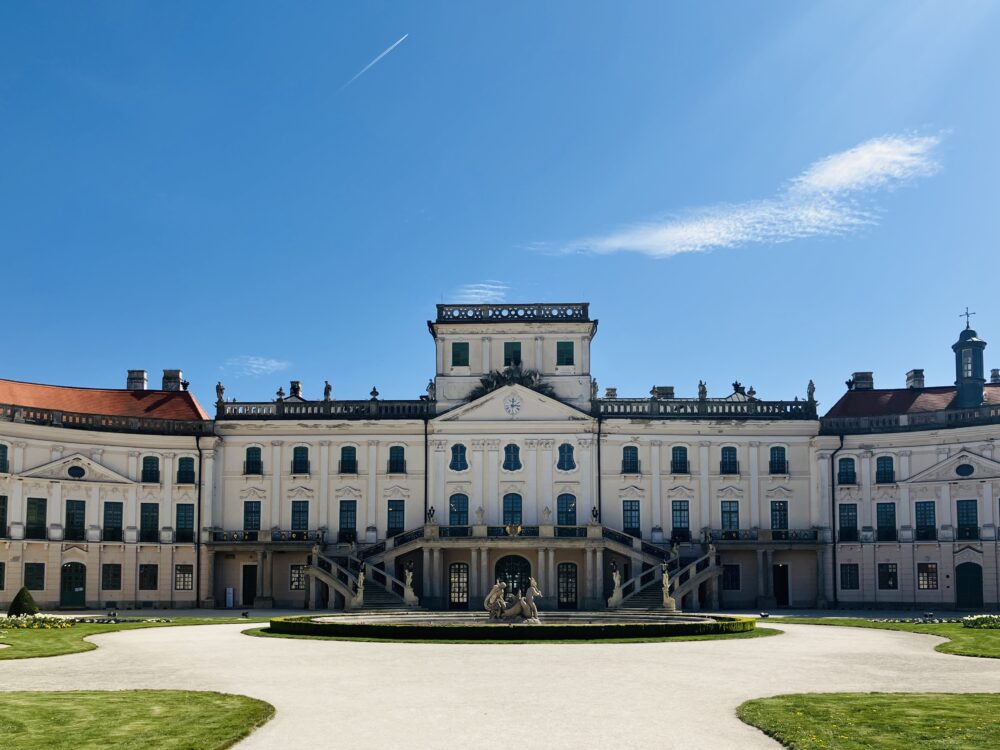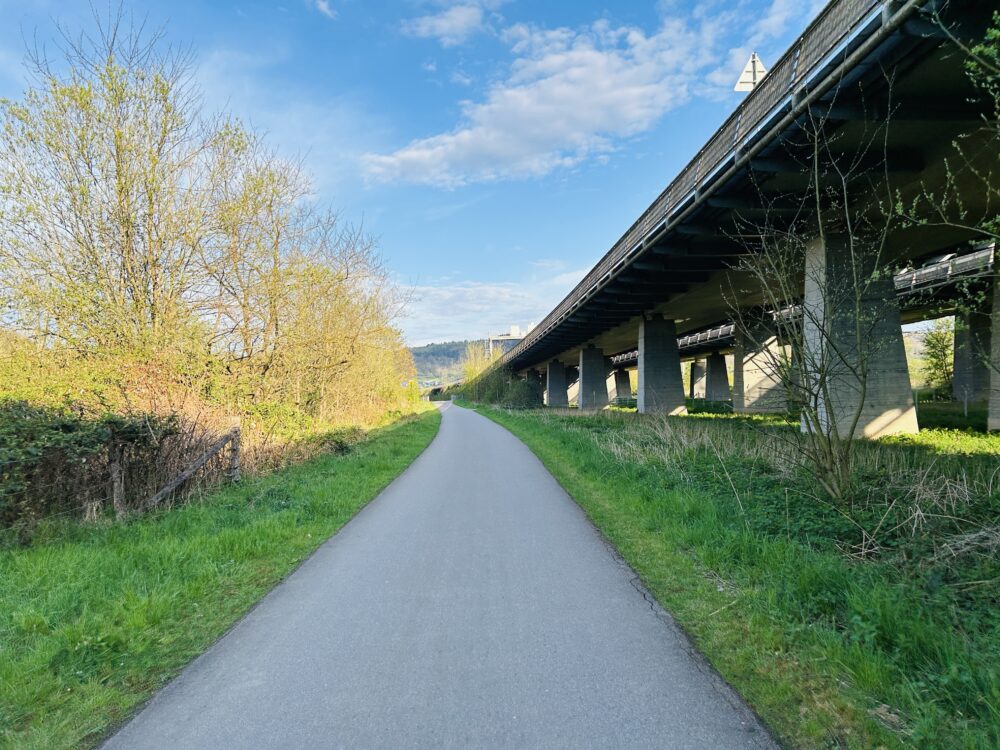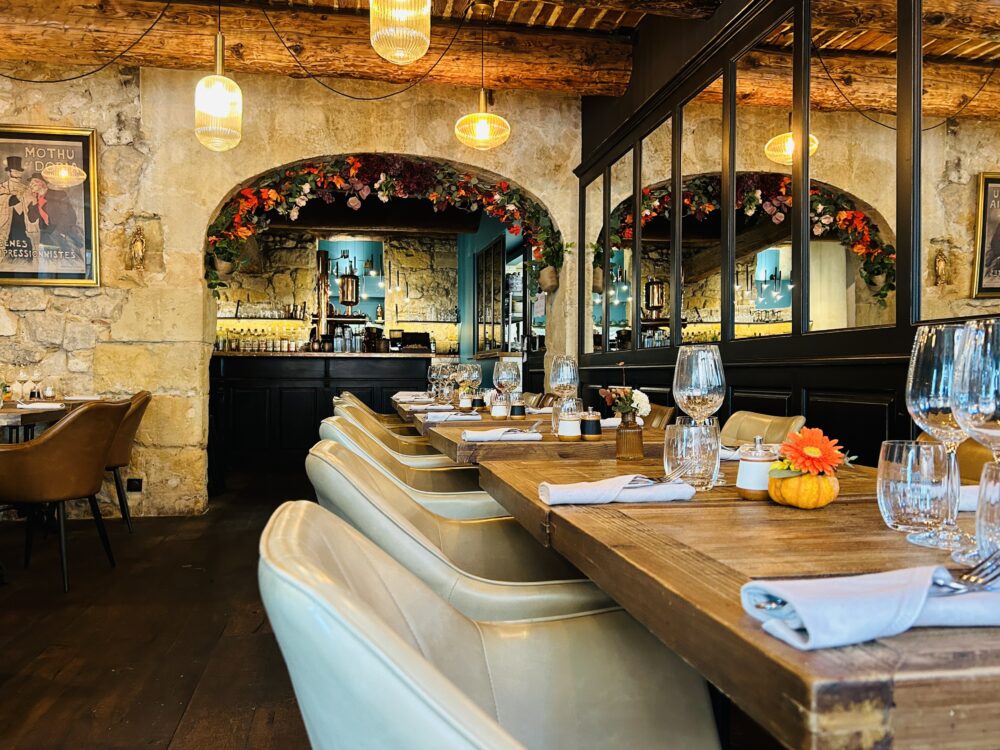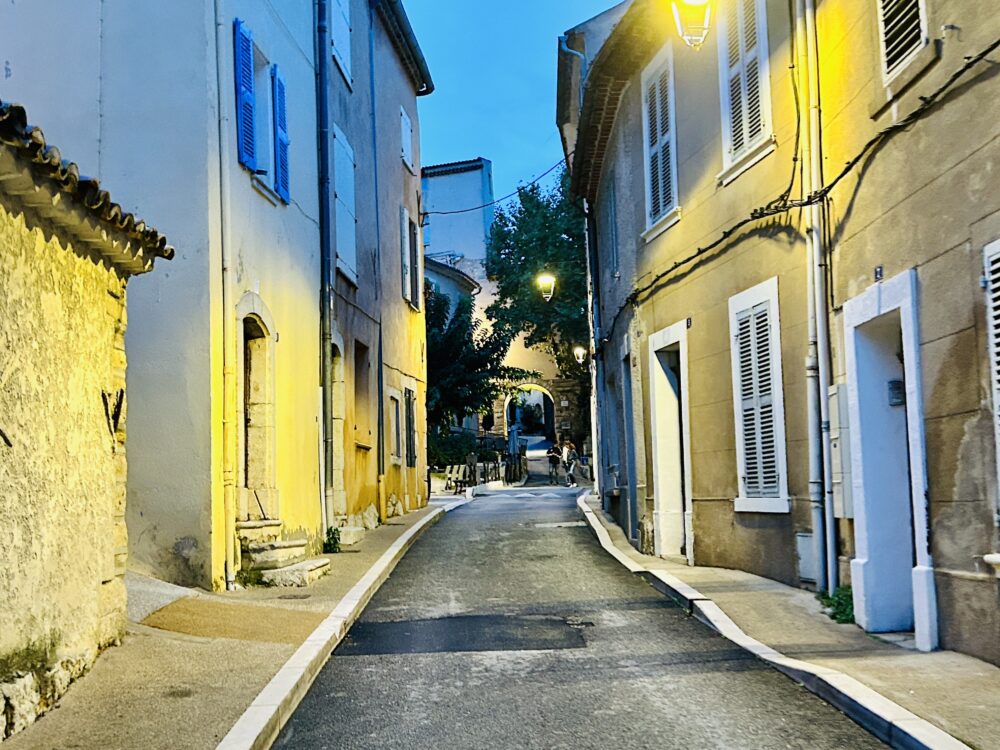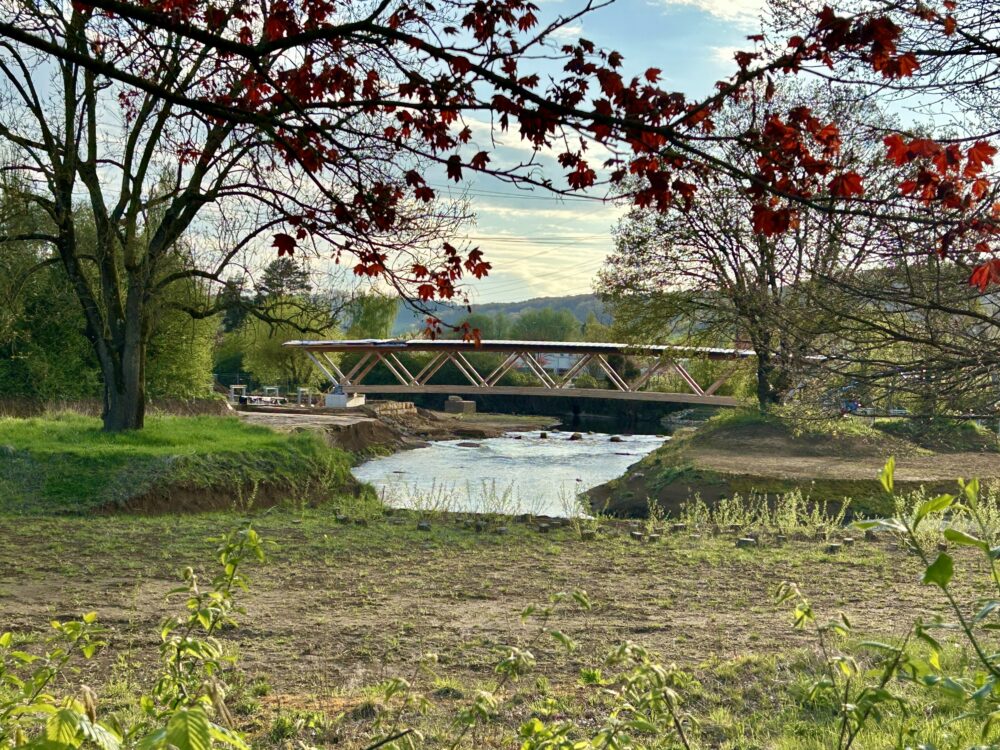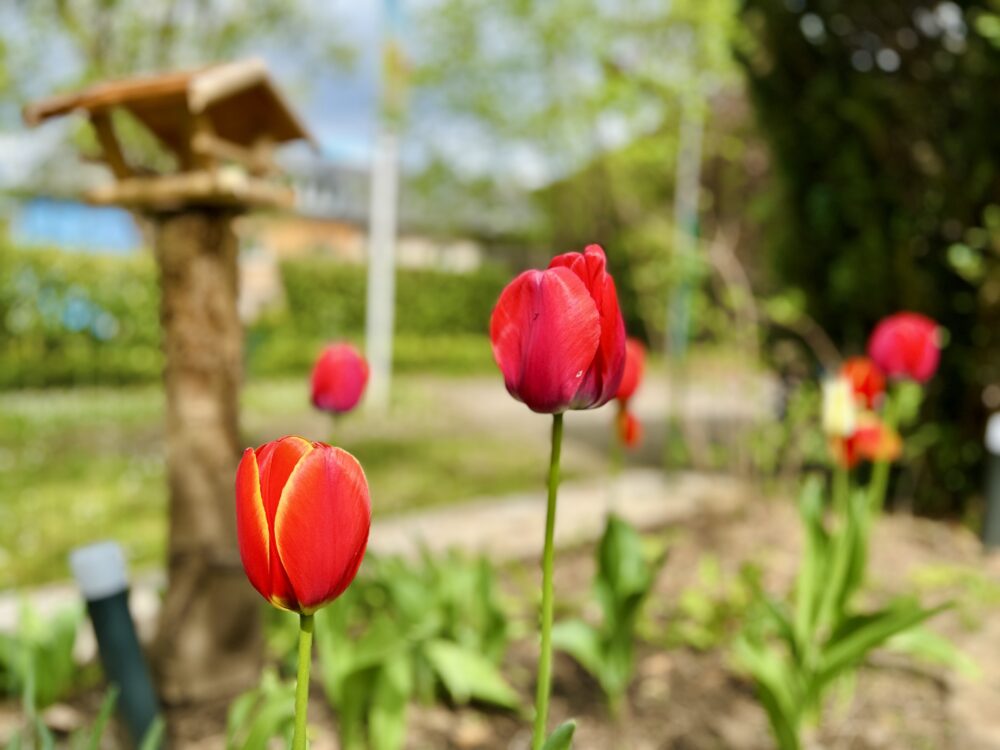Introduction to Esterházy Palace
The Esterházy Palace of Fertőd, often called the “Hungarian Versailles,” is one of Hungary’s most significant architectural treasures. Situated in the north-western part of Hungary, the palace stands as an epitome of Baroque and Rococo elegance, showcasing the magnificent lifestyle of the Esterházy family, one of the most influential noble houses of the Habsburg Empire.
Historical Highlights
The palace was commissioned by Prince Miklós Esterházy in 1762, following his rise to prominence. Inspired by the grandeur of Versailles, the construction aimed to reflect the prince’s wealth, power, and refined taste. Initially serving as a hunting lodge, Esterházy Palace soon transformed into an opulent residence.
The estate’s heyday lasted from 1762 to 1790, during which it hosted splendid balls, concerts, and gatherings for Europe’s aristocracy. Prince Miklós Esterházy, a patron of the arts, employed renowned composer Joseph Haydn as his court musician. Haydn composed some of his finest works during this period, and the palace became a hub of artistic and cultural excellence.
However, after Miklós Esterházy’s death in 1790, the palace’s significance waned, and it fell into partial neglect. Restoration efforts in the 20th century revived its splendour, ensuring it remains a treasured historical site.
Architectural Features
The Esterházy Palace spans an area of approximately 20,000 square metres, with its facade extending nearly 100 metres. Its design incorporates harmonious Baroque symmetry, ornate Rococo details, and impressive stucco decorations. The interior consists of 126 rooms, each adorned with glittering chandeliers, frescoed ceilings, and intricate woodwork.
The expansive courtyard leads to beautifully landscaped French-style gardens, featuring geometric patterns and fountains that enhance the palace’s visual appeal. These gardens evoke the grandeur of Versailles while retaining a uniquely Hungarian charm.
The Cost of Building Esterházy Palace
Building such a magnificent palace was a costly endeavour. Historical records suggest that Prince Miklós Esterházy invested several hundred thousand Hungarian forints into the construction of Esterházy Palace during the 1760s. At the time, this sum represented a considerable portion of his wealth, reflecting his determination to create an estate that rivalled Europe’s greatest courts.
In today’s terms, taking into account inflation and changes in economic values, the construction costs are estimated to equate to approximately 50 to 100 million euros. This modern equivalent highlights the sheer scale of the project and the extent of the resources devoted to its creation. The expense underlines the Esterházy family’s immense wealth and their desire to showcase their influence and sophistication through this architectural marvel.
Esterházy Palace remains a jewel in Hungary’s cultural heritage, embodying the elegance of the Baroque era and the rich history of the Esterházy family. Its legacy as the “Hungarian Versailles” continues to attract visitors, offering a glimpse into the aristocratic lifestyle and artistic achievements of 18th-century Europe. Furthermore, the monumental cost of its construction, both in historical and modern contexts, reflects its enduring significance as a symbol of artistic and cultural ambition.
#HungarianVersailles #BaroqueSplendour #HistoricLandmarks #EsterhazyPalace #CulturalHeritage



